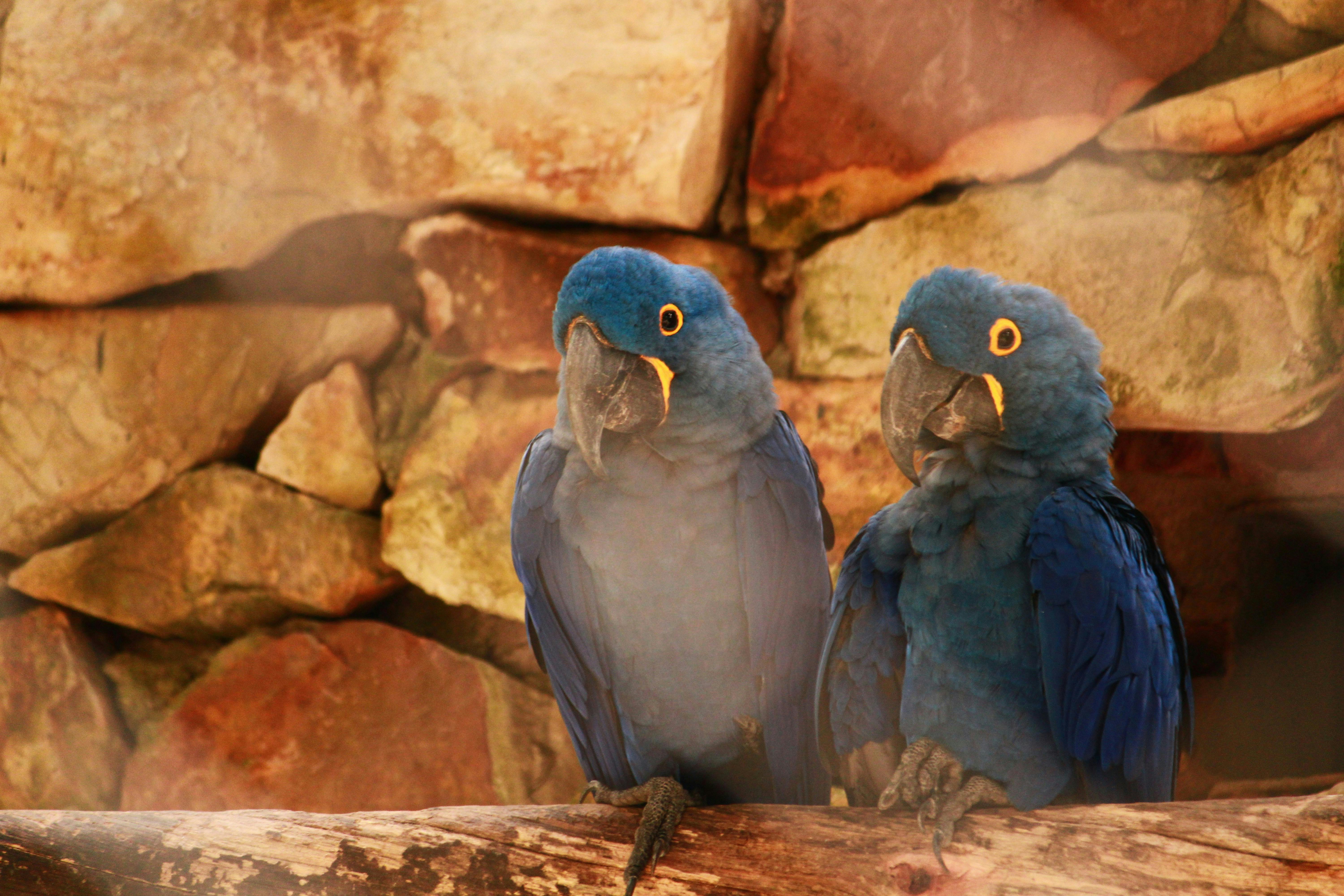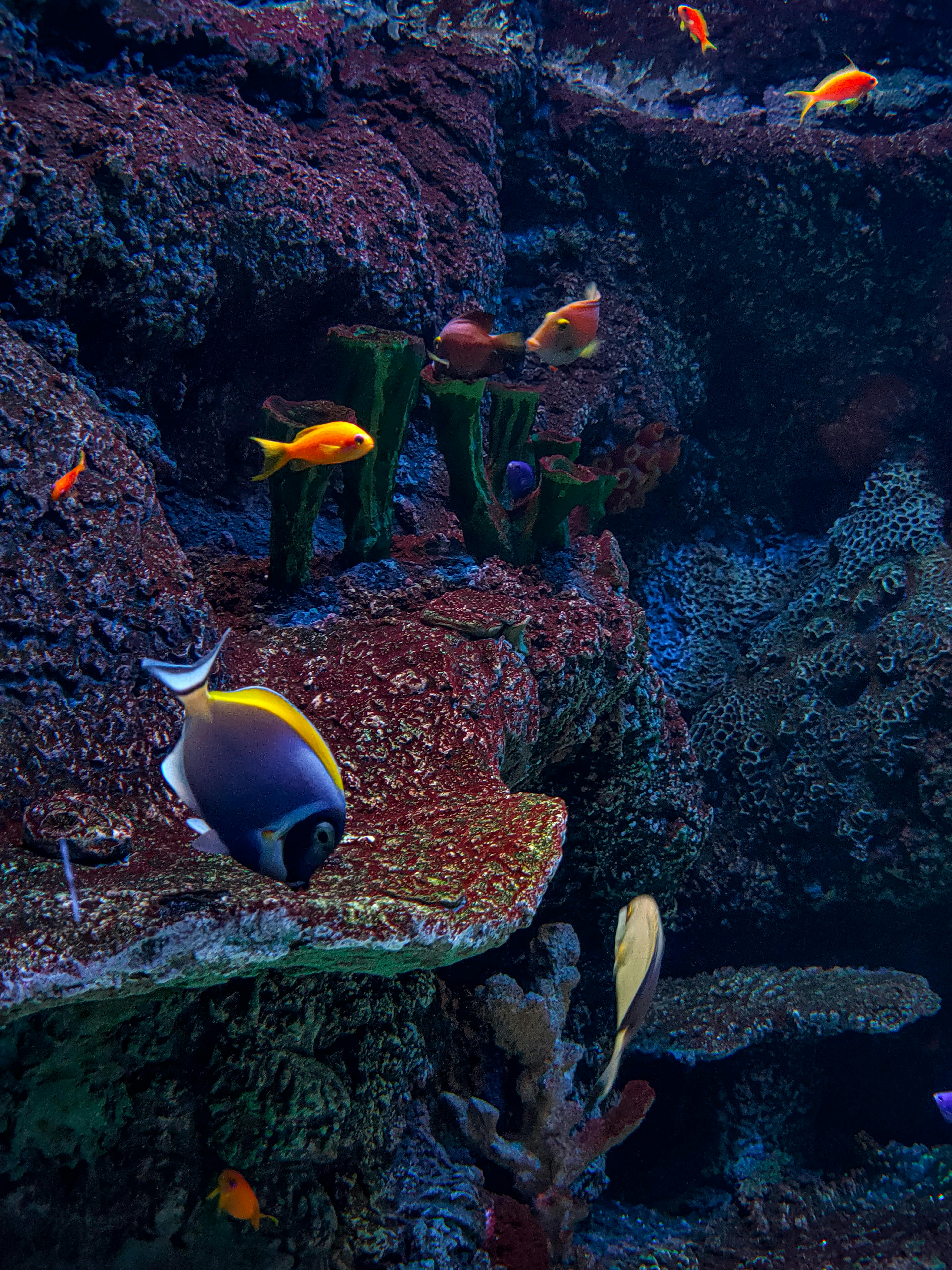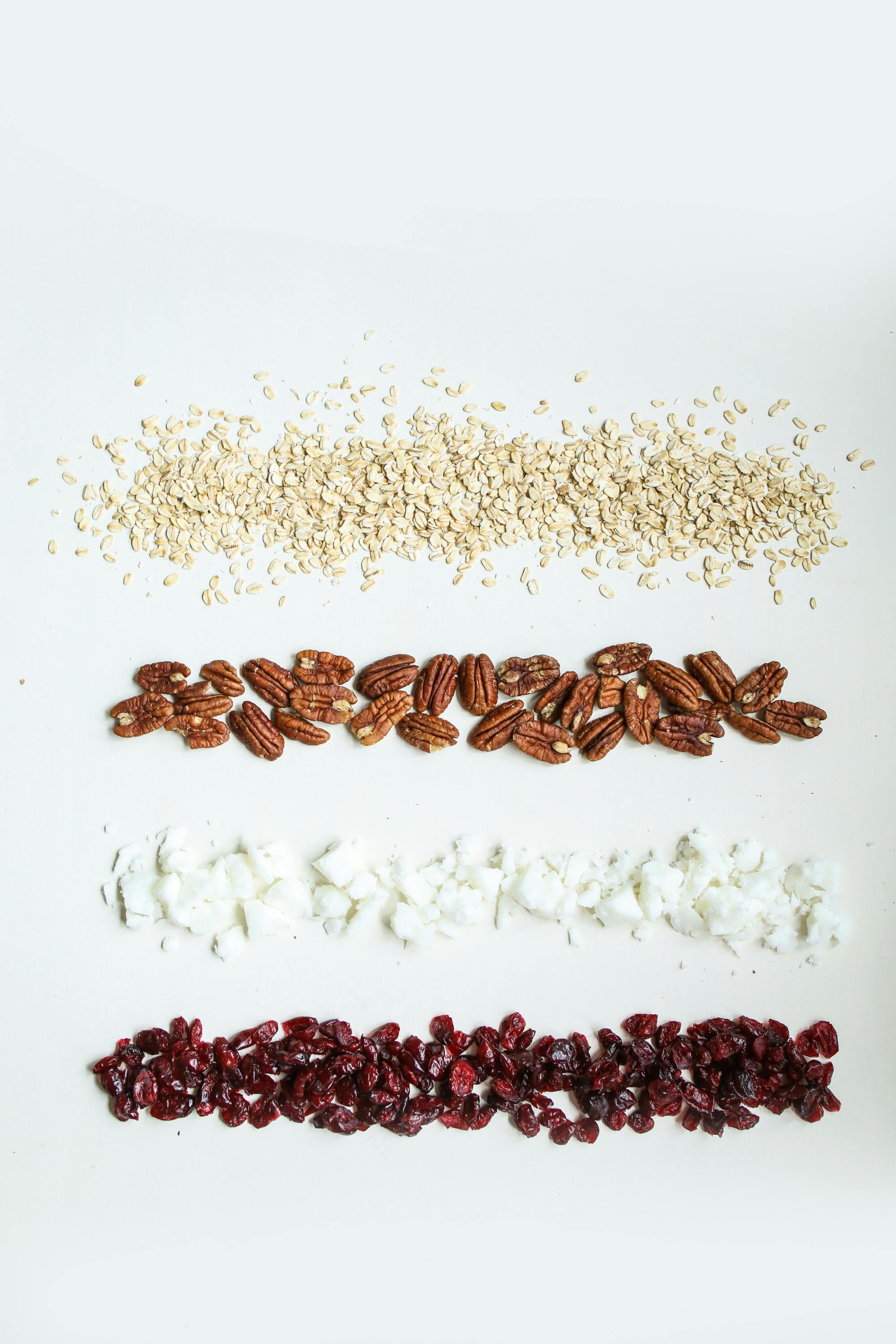Top 5 Effective Foods for Cory Catfish in 2025
Cory catfish are among the most popular freshwater fish in home aquariums, known for their peaceful nature and bottom-feeding habits. An optimal diet is crucial for maintaining their health and ensuring they thrive in your aquarium. In 2025, the variety of food options for cory catfish has expanded, catering to their specific dietary needs and preferences. This article will explore the top five effective foods for cory catfish, focusing on their nutritional value, dietary habits, and how to create a balanced diet for these delightful aquarium dwellers.
Understanding what constitutes the best food for cory catfish not only ensures their health but also enhances their growth and breeding potential. A well-planned cory catfish diet can help prevent malnutrition and support their active lifestyles. You will learn about essential nutrients, feeding schedules, and the importance of variety in their diet, enabling you to offer the best feeding practices for your cory catfish.
In the following sections, we will cover high-protein pellets, algae wafers, live food options, homemade catfish food, and specialized commercial brands. Let’s dive into the world of cory catfish nutrition!
High-Protein Pellets: The Foundation of a Healthy Diet
High-protein pellets are a staple in the diet of cory catfish, providing essential nutrients necessary for their growth and overall health. These sinking pellets are designed specifically for bottom feeders, ensuring that they reach the fish before being consumed by faster-swimming species in the aquarium. When selecting cory catfish pellets, look for those that contain at least 30-40% protein, which is crucial for maintaining their energy levels and supporting bodily functions.
Choosing the Right High-Protein Pellets
When selecting the best food for cory catfish, opt for pellets formulated specifically for catfish or bottom feeders. Look for brands that list real fish meal or other protein sources as the first ingredient. This indicates high nutritional value and better digestibility. Additionally, check for a balanced formula that includes vitamins and minerals essential for cory catfish health.
Feeding Schedule and Frequency
Understanding how often to feed corydoras is vital to prevent overfeeding and maintain water quality. Feed high-protein pellets once or twice daily, ensuring that any uneaten food is removed after a few minutes. This approach promotes optimal feeding routines and minimizes waste in the aquarium.
Signs of Nutritional Deficiencies
Monitor your cory catfish for signs of malnutrition, which can manifest as lethargy, decreased activity, or unusual behavior. Ensuring that your cory catfish receive enough high-protein food will help maintain their vitality and boost their immune systems, keeping them healthy and active.
Algae Wafers: A Nutritional Boost
Algae wafers are another excellent option for cory catfish, providing plant-based nutrients that complement their protein-rich diet. These wafers often contain spirulina, which offers not only vitamins and minerals but also additional fiber that aids digestion in corydoras. Algae wafers sink quickly, allowing cory catfish to graze comfortably at the bottom of the tank.
Benefits of Algae Wafers
Incorporating algae wafers into your cory catfish diet can help promote their health by enhancing their color and boosting their immune system. The plant material in these wafers can also improve metabolic health and support their natural feeding behavior, allowing them to scavenge for food.
Optimal Usage and Compatibility
Algae wafers can be offered a few times a week as part of a varied diet. Combine them with high-protein pellets to create a balanced nutrition plan for your corys. Since they are widely compatible with other fish species, incorporating them into a community tank feeding strategy can benefit all inhabitants.
Common Mistakes to Avoid
One common mistake is feeding too many algae wafers at once. This can lead to overfeeding, with uneaten food degrading water quality. Observe your corys' feeding habits and adjust the quantity accordingly to ensure proper nutrition while avoiding excess waste.
Live Food Options: Adding Variety and Nutrition
Live food options, such as brine shrimp and bloodworms, can be an exciting treat for cory catfish, promoting natural hunting behaviors and providing essential nutrients. Incorporating occasional live food into your cory fish feeding regimen can enhance their diet, offering them a source of protein that is both engaging and nutritious.
Benefits of Live Food for Corys
Live food is highly nutritious and can stimulate the appetite of finicky eaters. It can also lead to increased activity levels, contributing to overall health and well-being. The movement of live food mimics a natural environment, encouraging more instinctual behaviors in corys.
How to Incorporate Live Foods in the Diet
Introduce live food slowly into your corys’ diet. Offer it once a week as a treat, making sure to provide a balanced diet alongside it. Observe how your fish respond; if they seem overly excited, consider decreasing the serving size to prevent overfeeding.
Potential Risks and Considerations
Always source live food from reputable suppliers to avoid introducing diseases into your aquarium. Ensure that you can't observe any unhealthy signs in the cory catfish after consuming live food, keeping a close watch on their overall health. This added diet feature allows corydoras to thrive and flourish in your tank!
Homemade Cory Catfish Food: Nutritional Control
Creating homemade cory catfish food can be an exciting venture that provides full control over the nutritional content. With the right mix of ingredients, you can customize a diet that meets the specific needs of your cory fish while ensuring they receive all necessary nutrients for optimal growth.
Ingredients for Homemade Recipes
Common ingredients used in homemade cory catfish food include spirulina, fish meal, fresh vegetables, and gelatin. Combining these into achievable recipes that allow for nutritional diversity can support the health of your cory catfish. It's essential to ensure that all components are finely crushed or blended so your fish can easily consume them.
Storage and Preparation Techniques
After preparing homemade food, store it in an airtight container in the refrigerator for up to a week, or freeze for longer preservation. Cut portions into small pieces to prevent wastage during feeding. This ensures your corys receive a fresh source of nutrition when they're ready to eat.
Checking Nutritional Quality
Keep track of how your corys react to homemade food. If they appear energetic and exhibit healthy behaviors, it indicates you’re providing adequate nutrition. Conversely, signs of lethargy or poor coloration may indicate a need to adjust ingredient ratios or types.
Commercial Cory Food Brands: What to Look For
With multiple brands now available, it’s essential to select high-quality commercial cory food. Look for products that are specifically labeled for cory catfish and include essential nutritional components. Recognizing trustworthy brands is paramount for the health of your fish.
Identifying Top Commercial Brands
Several brands have established themselves as leaders in the cory catfish food market, offering sinking pellets, flakes, and even specially formulated treats. Brands that contain a high percentage of protein and a balanced array of vitamins and minerals can significantly enhance your corys' well-being. Read through customer reviews and look for studies that emphasize the nutritional value of the products.
Sustainability and Sourcing Considerations
When choosing commercial food options, consider environmental impact and sourcing practices. Look for brands that commit to sustainability and use responsibly harvested ingredients. The choice of high-quality commercial food can lead to healthier growth rates and contribute positively to cory catfish care.
Feeding Practices and Best Results
When feeding commercially available food, maintain a consistent feeding schedule. Monitor your cory catfish after feeding to gauge their interest. Properly portion their servings to prevent waste and excess waste buildup in your tank, ensuring a clean environment for their growth.
Cory Catfish Feeding: Conclusion and Best Practices
Ensuring a balanced diet for cory catfish involves incorporating a variety of food types, including high-protein pellets, algae wafers, live food, homemade recipes, and high-quality commercial brands. Recognizing the nutritional needs of cory catfish will help you create an optimal diet that promotes their growth, health, and longevity.
By following the feeding practices outlined in this article, you can create a robust diet that meets their essential nutritional requirements. Regularly reassess their feeding habits and adjust their diet as necessary to reflect any changes in their growth, behavior, or tank conditions. With careful planning and ongoing observation, your cory catfish will thrive in a well-maintained aquarium.
 example.com/image2.png
example.com/image2.png
 example.com/image3.png
example.com/image3.png 